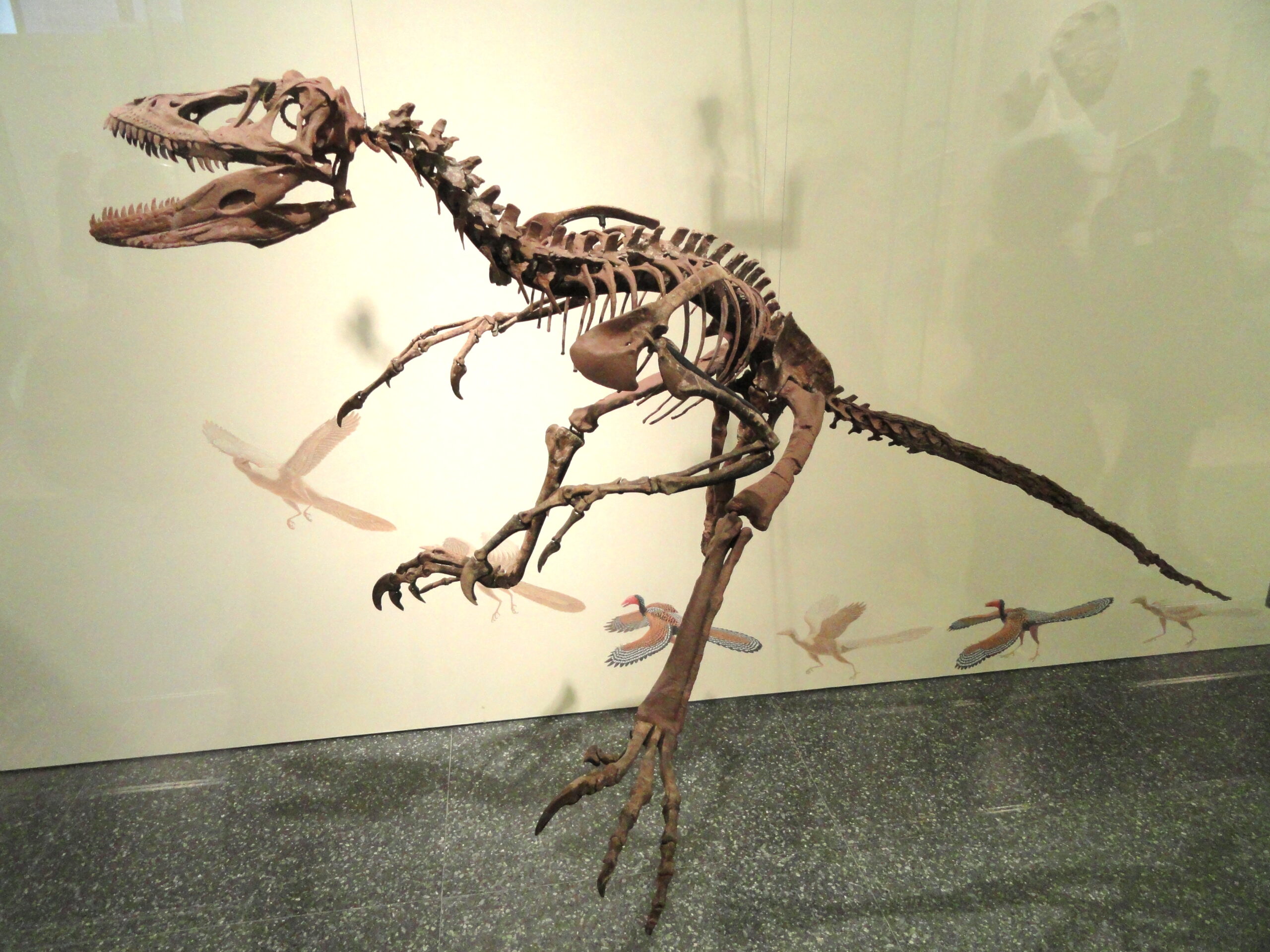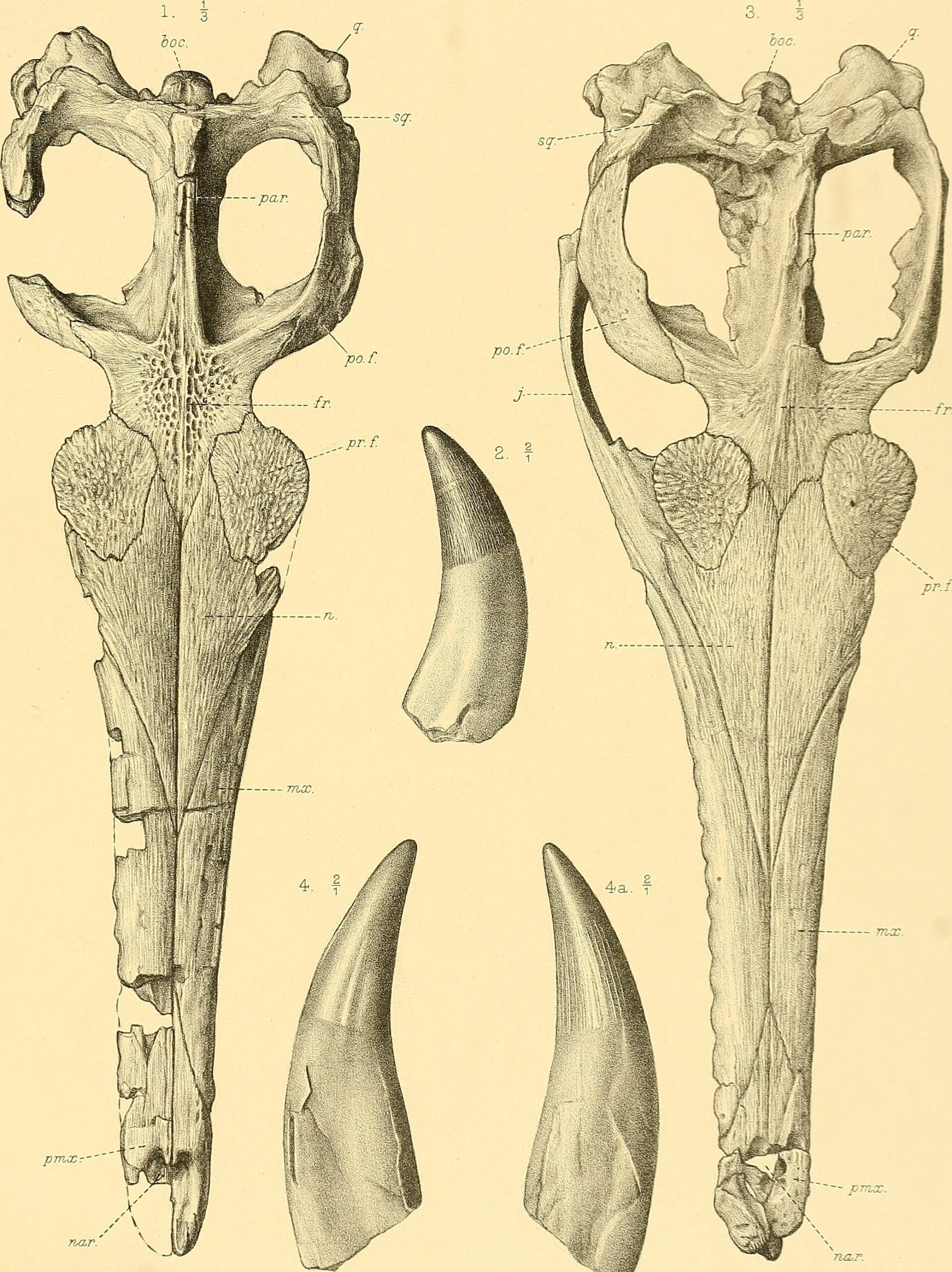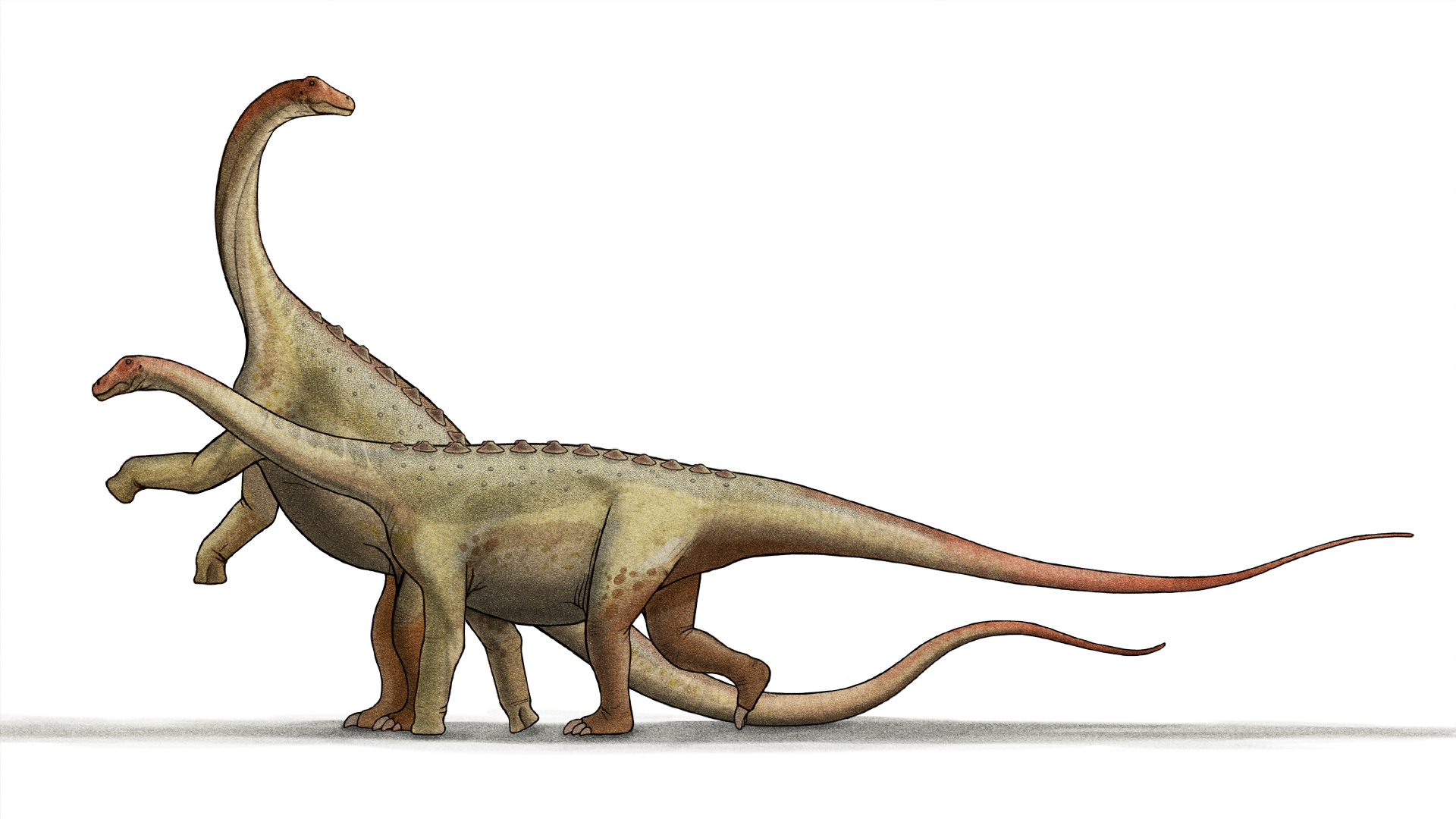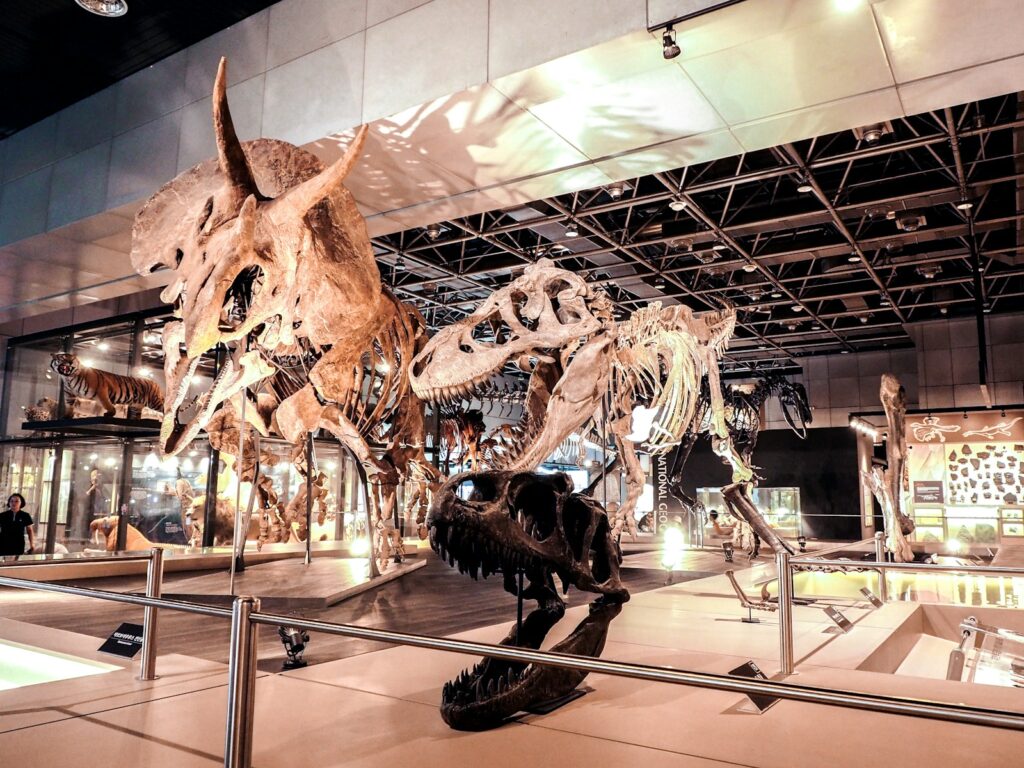Step through the towering glass doors of Houston’s Museum of Natural Science, and you’re instantly transported back 230 million years. The air seems to shimmer with ancient mystery as massive skeletal frames cast shadows across polished floors. Here, in the heart of Texas, lies one of America’s most spectacular dinosaur collections – a treasure trove that makes even the most jaded visitor feel like a wide-eyed child again.
The Crown Jewel: Stan the T. Rex
Nothing quite prepares you for your first encounter with Stan, the museum’s legendary Tyrannosaurus rex. This 40-foot-long predator dominates the paleontology hall with bone-crushing presence that seems almost alive. Named after amateur paleontologist Stan Sacrison who discovered the specimen in South Dakota, this particular T. rex represents one of the most complete skeletons ever found.
Stan’s massive skull, measuring over five feet long, houses teeth that could crush a small car. Each razor-sharp tooth, some reaching eight inches in length, tells the story of a predator perfectly designed for tearing flesh from bone. The intricate detail preserved in Stan’s skeleton reveals fascinating insights about T. rex locomotion, with powerful leg bones suggesting these giants could reach speeds of 15-20 miles per hour.
Ancient Predators: The Raptor Gallery

The museum’s raptor collection showcases nature’s most cunning prehistoric hunters. Deinonychus, whose name literally means “terrible claw,” stands poised in an attack position that sends chills down visitors’ spines. This turkey-sized predator revolutionized our understanding of dinosaur behavior when paleontologist John Ostrom discovered evidence of pack hunting strategies.
The sickle-shaped killing claw on each foot could rotate 180 degrees, allowing these intelligent hunters to slash and pin their prey simultaneously. Fossil evidence suggests these raptors possessed feathers and displayed remarkable problem-solving abilities that rival modern birds of prey. Their lightweight bones and powerful hindlimbs enabled incredible agility that made them formidable opponents for much larger dinosaurs.
Gentle Giants: The Sauropod Spectacular
The museum’s sauropod exhibit transforms visitors into tiny specks beneath towering long-necked giants. Diplodocus carnegii stretches an incredible 84 feet from nose to tail, creating a cathedral-like atmosphere that inspires genuine awe. These peaceful herbivores consumed up to 800 pounds of vegetation daily, using their whip-like tails for communication and defense.
Recent research displayed alongside the exhibits reveals that sauropods possessed complex social structures, traveling in herds and caring for their young in communal nesting grounds. The intricate air sacs throughout their bones, similar to modern birds, allowed these massive creatures to maintain surprisingly light body weights despite their enormous size. Standing beneath these gentle giants, visitors gain profound appreciation for the incredible diversity of prehistoric life.
Armored Warriors: Triceratops and Friends
The ceratopsian collection showcases nature’s most spectacular defensive adaptations through the ages. Triceratops horridus commands attention with its massive three-horned skull and decorative frill that could span over seven feet across. These plant-eaters weren’t passive victims – their pointed horns could pierce predator hide with devastating effectiveness.
The museum’s Styracosaurus display demonstrates evolutionary creativity at its finest, with six long spikes protruding from its neck frill like a prehistoric punk rocker. Each species developed unique horn arrangements and frill decorations, possibly for species recognition and courtship displays. Bite marks on fossilized frills provide compelling evidence of epic battles between herbivores and predators during the Late Cretaceous period.
Feathered Discoveries: The Bird Connection
One of the museum’s most revolutionary exhibits explores the undeniable link between dinosaurs and modern birds. Archaeopteryx, the famous “first bird,” bridges the gap between reptiles and avians with its remarkable combination of dinosaur and bird characteristics. This crow-sized creature possessed both feathers and teeth, claws and wings, representing evolution in action.
More recent discoveries like Microraptor showcase dinosaurs with four wings, suggesting that early flight experiments took many different forms. The preserved feather impressions reveal iridescent coloration similar to modern ravens, indicating that prehistoric creatures weren’t the drab green and brown animals depicted in old textbooks. These findings fundamentally changed how scientists understand the relationship between extinct and living species.
Marine Monsters: When Dinosaurs Ruled the Seas

The museum’s marine reptile gallery plunges visitors into prehistoric oceans teeming with monstrous predators. Mosasaurus hoffmanni, a 50-foot marine lizard, dominated Cretaceous seas with jaws capable of crushing ammonites like potato chips. These serpentine hunters possessed flippers instead of legs and specialized salt glands that allowed them to thrive in saltwater environments.
Plesiosaurs like Cryptoclidus demonstrate alternative approaches to marine hunting, using long necks to ambush schools of fish and squid. Their four powerful flippers provided incredible maneuverability, while small heads minimized water resistance during high-speed pursuits. The preservation quality of these specimens allows visitors to appreciate the incredible adaptations that allowed reptiles to colonize every available ecological niche.
Tiny Titans: Small Dinosaurs with Big Impact

Not all museum stars measure in tons – some of the most fascinating specimens could fit in your backpack. Compsognathus, barely larger than a chicken, represents the smallest known dinosaur species and challenges visitors’ preconceptions about prehistoric life. These agile hunters possessed keen eyesight and lightning-fast reflexes that made them incredibly effective predators of insects and small vertebrates.
The museum’s Microceratops exhibit showcases a miniature version of its horn-faced cousins, complete with a proportionally tiny frill and single nasal horn. These pig-sized herbivores lived alongside their massive relatives, demonstrating that ecological diversity existed within dinosaur families just as it does in modern ecosystems. Their delicate bone structure required extraordinary preservation conditions to survive 70 million years.
Fossil Formation: The Science Behind the Skeletons
Behind-the-scenes displays reveal the incredible processes that transform living dinosaurs into museum masterpieces. Fossilization requires precise environmental conditions – rapid burial in sediment, absence of oxygen, and mineral-rich groundwater working together over millions of years. The museum’s interactive fossil preparation lab allows visitors to watch paleontologists carefully extract bones from surrounding rock matrix.
Each fossil represents a miraculous chain of events that preserved ancient life for modern discovery. The museum’s collection includes rare soft tissue preservation, coprolites (fossilized dung), and even dinosaur eggs with developing embryos still visible inside. These specimens provide invaluable insights into dinosaur behavior, diet, and reproductive strategies that wouldn’t be possible through bones alone.
Climate Change: Lessons from the Deep Past
The museum’s paleoclimate exhibits draw sobering parallels between ancient extinctions and modern environmental challenges. During the Late Cretaceous period, atmospheric carbon dioxide levels reached 1,700 parts per million – nearly five times higher than pre-industrial levels. This greenhouse climate supported lush forests at both poles and sea levels 200 feet higher than today.
Volcanic activity from the Deccan Traps in India released massive amounts of sulfur and carbon dioxide into the atmosphere, triggering rapid climate change that stressed ecosystems worldwide. The museum’s displays help visitors understand how environmental changes affected different species in various ways, with some thriving while others faced extinction. These lessons from deep time provide crucial context for understanding modern climate science.
The Great Extinction: Mystery of the Missing Dinosaurs
Perhaps no exhibit generates more fascination than the museum’s recreation of the end-Cretaceous extinction event 66 million years ago. The Chicxulub impact crater, buried beneath Mexico’s Yucatan Peninsula, provides compelling evidence for the asteroid impact theory that ended the age of dinosaurs. This cosmic collision released energy equivalent to billions of nuclear weapons, triggering global wildfires and nuclear winter conditions.
Interactive displays demonstrate how the impact generated tsunami waves over 300 feet tall and ejected molten rock into space that rained down as glass spherules across the planet. The resulting environmental catastrophe eliminated roughly 75% of all species, including non-avian dinosaurs, marine reptiles, and many plant species. Only small mammals, birds, crocodiles, and other resilient creatures survived to repopulate the devastated Earth.
Modern Descendants: Dinosaurs Among Us
The museum’s most mind-bending revelation might be that dinosaurs never actually went extinct – they’re pecking at seeds in your backyard right now. Birds represent the only surviving dinosaur lineage, making every sparrow and eagle a living dinosaur descendant. The museum’s comparative anatomy displays highlight remarkable similarities between theropod dinosaurs and modern birds, from hollow bones to wishbones to brooding behaviors.
Chicken embryos develop teeth and long tails during early development, genetic throwbacks to their dinosaur ancestry that normally disappear before hatching. Scientists have successfully activated these dormant genes in laboratory settings, creating “chickenosaurus” embryos with dinosaur-like characteristics. This research demonstrates that evolutionary information remains hidden within modern genomes, waiting for the right triggers to reappear.
Cutting-Edge Technology: Digital Dinosaurs
The museum embraces 21st-century technology to bring ancient creatures to life through augmented reality experiences and interactive simulations. Visitors can use tablets to see flesh and muscles superimposed over bare bones, watching how these creatures moved and behaved in their natural environments. Advanced 3D printing technology allows hands-on exploration of delicate specimens that would be too fragile for direct handling.
Motion capture studies of modern animals inform realistic computer animations that demonstrate how different dinosaur species walked, ran, and interacted with their environments. The museum’s virtual reality stations transport visitors to Cretaceous landscapes populated by living dinosaurs, complete with accurate plant life and environmental sounds. These technological innovations make paleontology accessible to digital natives while maintaining scientific accuracy.
Future Discoveries: What Lies Ahead
The museum’s research partnerships with universities and field expeditions continue yielding spectacular new discoveries that reshape our understanding of prehistoric life. Recent finds in China have revealed dinosaurs with elaborate feather displays rivaling modern peacocks, while discoveries in Argentina have uncovered titanosaurs that dwarfed even the largest museum specimens. Each new fossil adds another piece to the incomplete puzzle of Earth’s ancient past.
Advances in genetic sequencing technology offer tantalizing possibilities for recovering ancient DNA from well-preserved specimens, though Jurassic Park-style resurrection remains firmly in the realm of science fiction. However, researchers have successfully extracted proteins and soft tissues from dinosaur bones, providing unprecedented insights into their physiology and evolutionary relationships. The museum’s exhibits emphasize that paleontology remains a dynamic, rapidly evolving science with countless mysteries yet to be solved.
Planning Your Prehistoric Adventure
Houston’s Museum of Natural Science offers multiple ways to experience its dinosaur collection, from guided tours led by expert paleontologists to self-guided exploration with detailed exhibit descriptions. The museum’s IMAX theater regularly features dinosaur documentaries that complement the fossil exhibits with stunning visualizations of prehistoric environments. Special evening events allow visitors to explore the darkened halls by flashlight, creating an atmosphere of genuine discovery.
The museum shop provides opportunities to take home a piece of the prehistoric experience, from authentic fossil specimens to detailed dinosaur models created by paleontological artists. Educational programs cater to all age groups, with hands-on fossil preparation workshops and paleontology summer camps that inspire the next generation of dinosaur hunters. Whether you’re a casual visitor or a dedicated enthusiast, Houston’s dinosaur collection offers something to spark wonder and curiosity about our planet’s incredible prehistoric heritage.
Walking through Houston’s Museum of Natural Science feels like traveling through time itself, where every fossil tells an epic story of survival, adaptation, and extinction. These ancient creatures remind us that Earth has witnessed incredible transformations throughout its 4.5-billion-year history, with life finding remarkable ways to thrive in even the most challenging circumstances. The museum’s collection represents far more than old bones – it’s a testament to the incredible diversity and resilience of life on our planet.
From the thunderous footsteps of T. rex to the delicate wing membranes of early birds, each specimen reveals secrets about evolution, extinction, and the interconnectedness of all living things. As we face our own environmental challenges, these prehistoric lessons offer both humility and hope about life’s remarkable ability to adapt and endure. What secrets might these ancient giants still be waiting to share with future generations of curious explorers?



